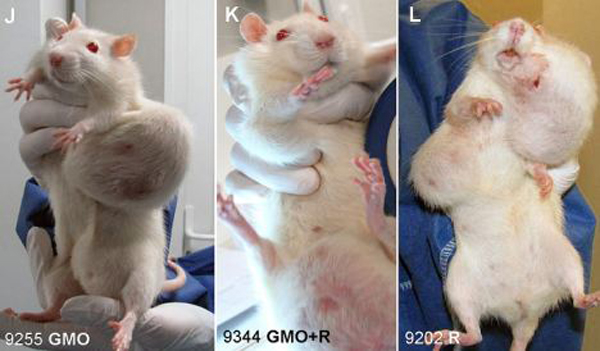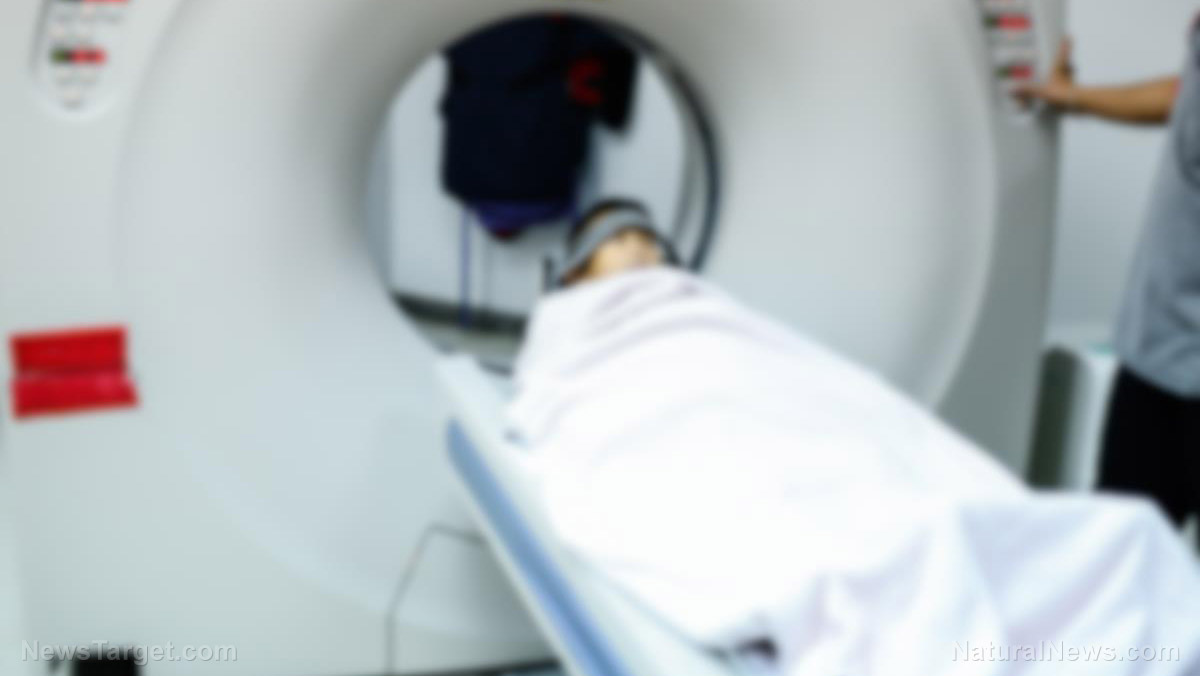Despite studies finding increases risk of cancer from cellphone radiation, the FDA claims they’re safe as long as you’re not a “heavy user”
03/28/2018 / By Ethan Huff

A new government study presents data to suggest that mobile phone use is detrimental to humans because of all the non-ionizing radiation these devices emit. But not to worry, claims the U.S. Food and Drug Administration (FDA) – we’re all apparently not using our cellphones enough for them to cause any significant harm, so keep on texting and gorging yourself on social media.
It was the National Toxicology Program (NTP) that conducted this latest research, focusing specifically on the effects of exposure to constant, high levels of radio-frequency (RF) radiation. As has similarly been found in other research, cellphone radiation is a high-risk potential cause of cancer – and the amounts of radiation given off by most “smart” phone devices these days is more than likely much higher than what manufacturers even claim, which makes them an even more serious threat.
But the FDA is taking it upon itself to play information cleanup crew by trying to bury these damning findings under the rug, or at least minimize them. The agency, which specializes in food and drugs as opposed to electronics, has somehow made itself an authority on this issue by claiming that only “heavy users” of cellphones are at an increased risk of cancer. But what, exactly, is the definition of a “heavy user?”
Truth be told, a heavy cellphone user today is much different than a heavy cellphone user 10 years ago before the days of smartphones. In fact, what was once considered heavy cellphone use is technically light use today, which means the entire assessment process in terms of risk is in dire need of an update. But is the FDA taking any of this into account with its blanket reassurance not to worry about cellphone radiation?
Non-ionizing radiation still heats human tissue and poses a serious cancer risk
Because cellphones are said to emit a type of radiation that does not cause DNA damage, many authorities are similarly insistent that cellphones aren’t problematic for humans. The National Cancer Institute (NCI) is one such agency that claims cellphones are low-risk because they emit non-ionizing radiation, and at levels so low that the risk is negligible.
But what they aren’t telling you is that non-ionizing still heats human tissue, which poses a health threat that has yet to be fully assessed. The NCI, in fact, hasn’t even studied the matter to a degree that would provide any solid answers as to how non-ionizing radiation affects human tissue, especially over the longer term.
Meanwhile, independent studies have concluded that cellphone use is associated with a number of types of cancer, including gliomas and meningiomas, both of which occur in the brain. Cellphones are especially risky for young, developing children whose brains are still in their formative stages of growth and progression.
And we’re talking about average usage patterns here, or what has come to be normal cellphone usage in the year 2018. Since cancer can take several years, or even up to a decade, to develop, this suggests that cancer rates will likely begin to soar once exposure sets in and its effects begin to manifest, spurring an epidemic of health problems that most people won’t even be able to begin to fathom.
“…it is important to point out that the ‘heavy’ users of a decade ago are the ‘low’ users of today,” commented one person at LifeZette.com.
“The reality is that we are all ‘heavy’ users. Children and teens are most vulnerable and they are also going to be using phones for a lifetime. While I am certainly in favor of more research, I also think it is prudent that governments act now to create public awareness and policy to reduce exposure – as is done in many other countries.”
Read Radiation.news for more coverage of electromagnetic radiation and ionizing radiation.
Sources for this article include:
Tagged Under: Brain, brain health, cancer, cell phones, cellphones, child health, FDA, mobile phones, National Cancer Institute, National Toxicology Program, radiation, radiofrequency, research, science




















